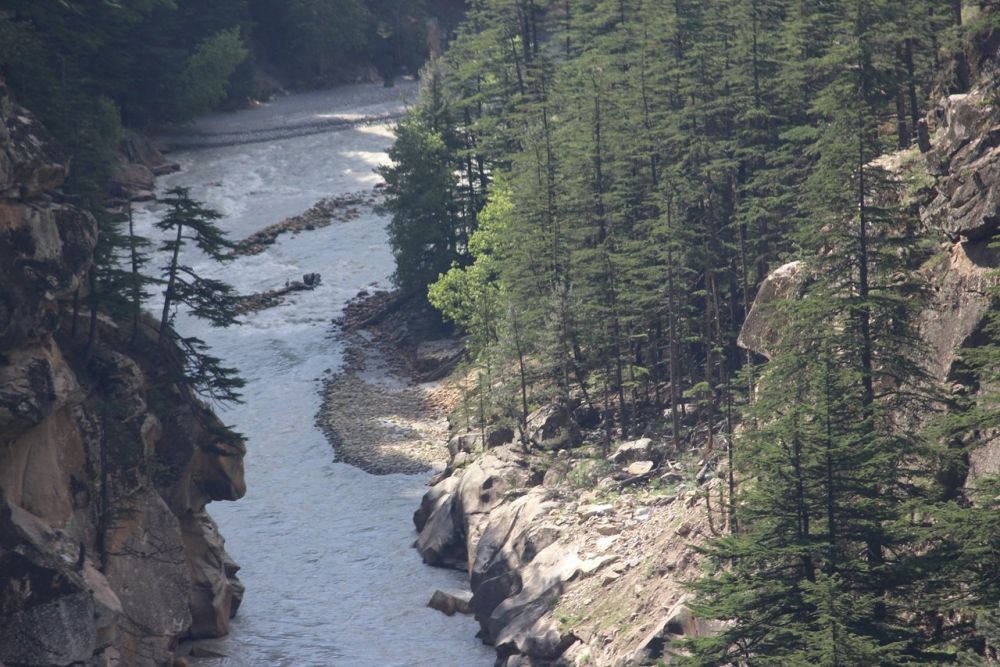

Bhaironghati, a serene locality nestled in the arms of Uttarkashi district in the Himalayan state of Uttarakhand, India, is steeped in mythological and cultural significance. Although not widely recognized as a mainstream tourist destination until recent decades, Bhaironghati has a rich historical backdrop that dates back to ancient times, with its roots intertwined with Hindu lore and pilgrimage traditions.
Bhaironghati is presumed to have derived its name from the presiding deity, Lord Bhairon. As per the Hindu mythology, Lord Bhairon is believed to be the guardian deity of the region and is associated with the Kedarnath temple pilgrimage. Pilgrims en route to the Kedarnath temple would traditionally pass through Bhaironghati, making it an implicit part of the religious tourism circuit.
The history of formal tourism in Bhaironghati began to gain traction in the early 20th century, with the establishment of hill stations during the British colonial era. However, it remained relatively untouched by mass tourism due to its rugged terrain and remote location. It was the adventurous spirits — mountaineers, trekkers, and nature enthusiasts — who initially explored the beauty of Bhaironghati, attracted by its pristine landscapes and challenging treks.
Subsequent improvements in road infrastructure — specifically the construction of the Gangotri Highway — enabled easier access and boosted visitor numbers to Bhaironghati. With the region being part of the pilgrimage route to Gangotri — one of the Char Dhams — the volume of religious tourists increased significantly over the years.
In recent times, the Uttarakhand government and the Ministry of Tourism in India have invested in developing the region's tourism amenities. Emphasis has been laid on sustainable development, aiming to preserve the ecological and cultural integrity of Bhaironghati while facilitating tourism.
Today, tourism trends in Bhaironghati reflect a blend of pilgrimage tourism, ecotourism, and adventure tourism. There is an increasing focus on 'off-the-beaten-path' travel experiences, along with homestays and community tourism initiatives that enable visitors to engage with local culture and lifestyles. Adventure activities such as trekking to nearby glaciers, camping, and rock climbing are also gaining popularity.
Thanks to the growing digital connectivity and the rise of social media, hidden gems like Bhaironghati are finding their way onto the itineraries of those seeking solace away from urban sprawls and immersive experiences in the lap of Himalayas.
With the rise in tourism, there’s also a significant focus on sustainable practices to mitigate environmental impact. Efforts such as waste management, awareness campaigns among tourists, and restrictions on plastic use have been amplified to maintain the pristine natural beauty of Bhaironghati.
In conclusion, while the tourism history of Bhaironghati might not be as extensively documented as other popular destinations, its evolution from a remote pilgrimage stopover to a sought-after destination for diverse tourism experiences speaks volumes about its latent potential and emerging appeal to travelers around the world.